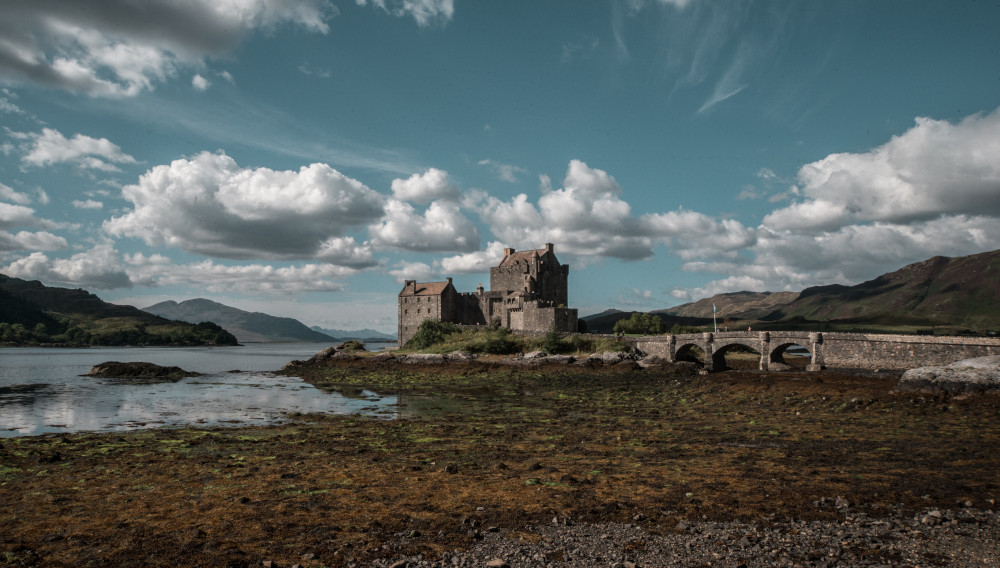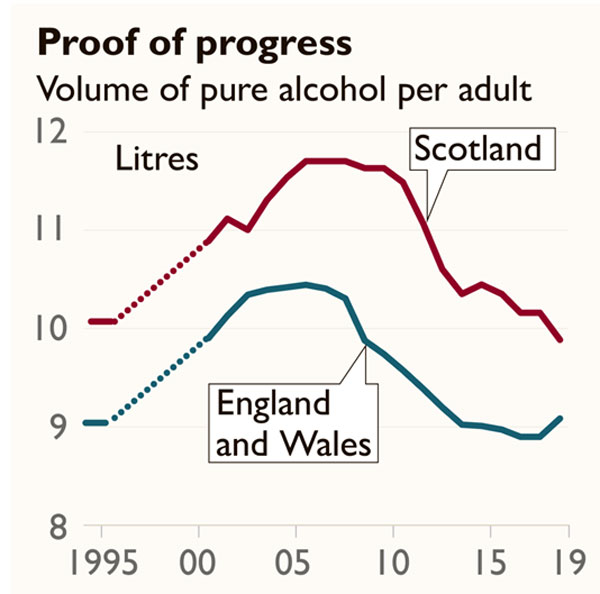Minimum pricing for alcohol has lowered consumption levels
Scotland | After the introduction of price controls in 2018, alcohol consumption has dropped 3 percent. Scotland’s health secretary, Jeane Freeman, welcomed the figures released in June 2019.
It was a promising start in tackling Scotland’s difficult relationship with alcohol, she said. The government reports that there are, on average, 22 alcohol-specific deaths every week in Scotland, and 683 hospital admissions.
On 1 May 2018 Scotland introduced minimum pricing for all alcoholic drinks. It is GBP 0.50 (USD 0.63) per unit, which means a 440 ml can of lager (4 percent ABV) will cost at least GBP 0.88 (USD 1.10). Supermarkets and off-licences are banned from selling cheap or discounted spirits, wine, beers and cider, although online sales from suppliers outside Scotland are not affected. The law is not a tax and any extra revenue from higher prices will go to the retailers.
New data from the NHS in Scotland shows, however, that Scots still buy 9 percent more alcohol per head than people in England and Wales. But the gap is closing because alcohol sales grew in England and Wales last year.
On average, Scots consumed 9.9 litres of pure alcohol last year, equal to nearly 40 bottles of vodka per head, The Guardian newspaper reported.
Minimum pricing was first introduced in 2012 but the policy was delayed for several years because of legal battles with the Scotch Whisky Association, which opposed the measure.
Several Scottish politicians have since argued that the minimum price should be raised to GPB 0.60 (USD 0.75) per unit to have a much more significant effect on alcohol misuse.
The Welsh government is due to introduce a GBP 0.50 minimum price for alcohol this year.
Authors
Ina Verstl
Source
BRAUWELT International 2019



